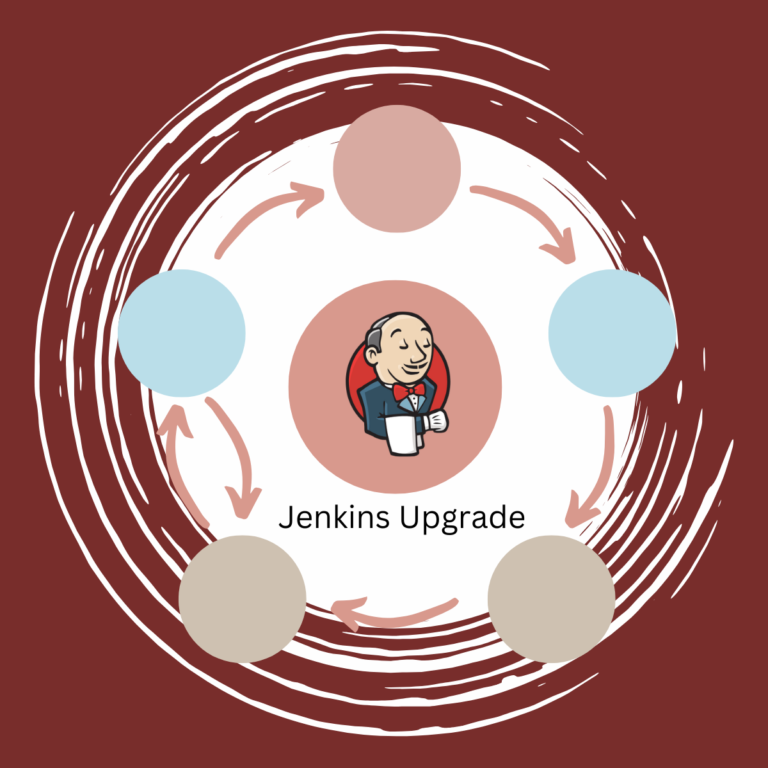🚀 Why Should You Upgrade Jenkins?
Imagine using a smartphone from 2015—slow, outdated, and vulnerable to security threats. Now, think of Jenkins as your software delivery smartphone. Regular upgrades keep it fast, secure, and packed with the latest features. Yet, many teams hesitate to upgrade, fearing downtime or compatibility issues. Let’s break down why upgrading Jenkins is essential and how to do it smoothly.
🔍 The Risks of Not Upgrading
If you ignore Jenkins upgrades, here’s what could happen:
-
Security vulnerabilities 🛑 – Older versions have known exploits that hackers can take advantage of. This is important as we have recently found many critical CVEs on Jenkins.
-
Performance issues 🐢 – Newer Jenkins versions optimize memory, speed, and reliability.
-
Plugin incompatibility 🔌 – Old versions may not support the latest plugins or integrations.
-
Missing features 🎁 – Every upgrade brings enhancements that improve development workflows.
💡 Think of Jenkins like your web browser—if you never update it, some sites (or plugins) just stop working!
🛠 How to Upgrade Jenkins (Step-by-Step)
Upgrading Jenkins is easier than you think! Here’s a step-by-step guide:
1️⃣ Backup Everything
-
Use the ThinBackup Plugin(Not recommended) or manually back up
$JENKINS_HOME(Recommended). -
Store backups in a secure location (e.g., cloud storage, external drive).
Tips: If your Jenkins server machine supports snapshot backup, that is the best to use.
2️⃣ Check Plugin Compatibility
-
Navigate to Manage Jenkins → Plugin Manager and update plugins before upgrading.
-
Review the Jenkins LTS changelog to see if any plugins will break. Use LTS only
-
Test all critical plugins in a staging environment before applying changes to production. This is Mandatory
3️⃣ Choose the Right Upgrade Path
-
Always use Jenkins LTS (Long-Term Support) versions for stability and security.
-
If using Docker:
docker pull jenkins/jenkins:lts -
If using a package manager:
-
Ubuntu/Debian:
sudo apt update && sudo apt upgrade jenkins -
RHEL/CentOS:
sudo yum update jenkins
-
4️⃣ Perform the Upgrade
-
Restart Jenkins:
sudo systemctl restart jenkins or use your jenkins start up script -
If upgrading manually, download the new
.warfile and replace the old one.
5️⃣ Validate the Upgrade
-
Log in and check Manage Jenkins → About to confirm the version.
-
Run a test a set of sample pipeline to ensure everything works smoothly.
-
Ensure all plugins are still functioning correctly after the upgrade.
🚀 Pro Tip: If you are upgrading across multiple versions, do it incrementally instead of skipping major releases.
🏆 3 New Ideas for a Smoother Upgrade Experience
1️⃣ Automate Backups & Rollbacks – Use scripts to schedule automatic backups before every upgrade.
2️⃣ Run a Staging Jenkins – Test new versions in a staging environment & do testing before upgrading production. This activity can occupy a lots of time, still worth doing it.
3️⃣ Schedule a Cadence for the upgrade – Schedule a cadence to upgrade the Jenkins frequently
💼 Tips! The Enterprise Jenkins Solution
For businesses that require enterprise-level support, security, and scalability, CloudBees provides a commercially supported version of Jenkins. Cloudbees provides Enterprise-Grade Support, Enhanced Security, Governance & Compliance, Jenkins Process CI/CD Optimization
If your organization relies on Jenkins at scale, CloudBees can help streamline and secure your DevOps workflows.
🤔 FAQs
Q: Will upgrading Jenkins cause downtime?
A: If you restart Jenkins after an upgrade, it may experience a brief downtime. To avoid this, use blue-green deployment or a staging server.
Q: How often should I upgrade?
A: Follow Jenkins’ Long-Term Support (LTS) releases, which are stable and released every 12 weeks.
Q: What if a plugin breaks after upgrading?
A: Check the plugin documentation, roll back if needed, or find an alternative that’s actively maintained.
🎯 Final Thoughts
Upgrading Jenkins isn’t just a technical task—it’s a must-do for security, performance, and feature improvements. The process might seem daunting, but with backups, plugin checks, and staged rollouts, it can be smooth and hassle-free.
Next Steps:
-
Check your current Jenkins version.
-
Schedule a backup.
-
Plan your next upgrade using the steps above.
Have you upgraded Jenkins recently? Share your experience in the comments! 💬



